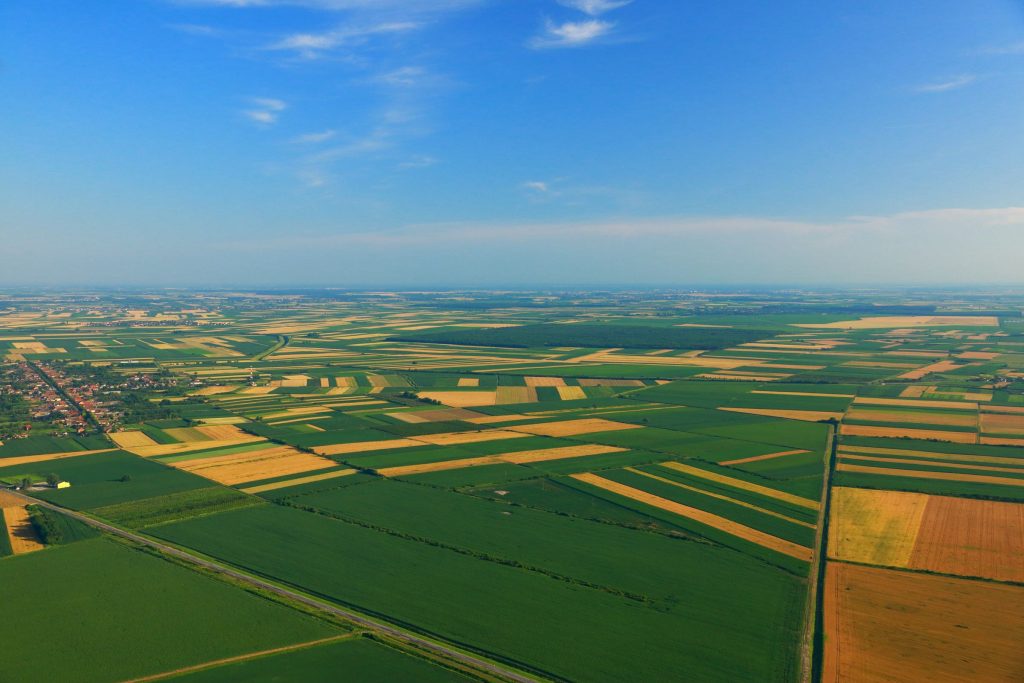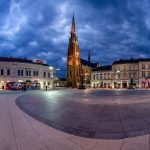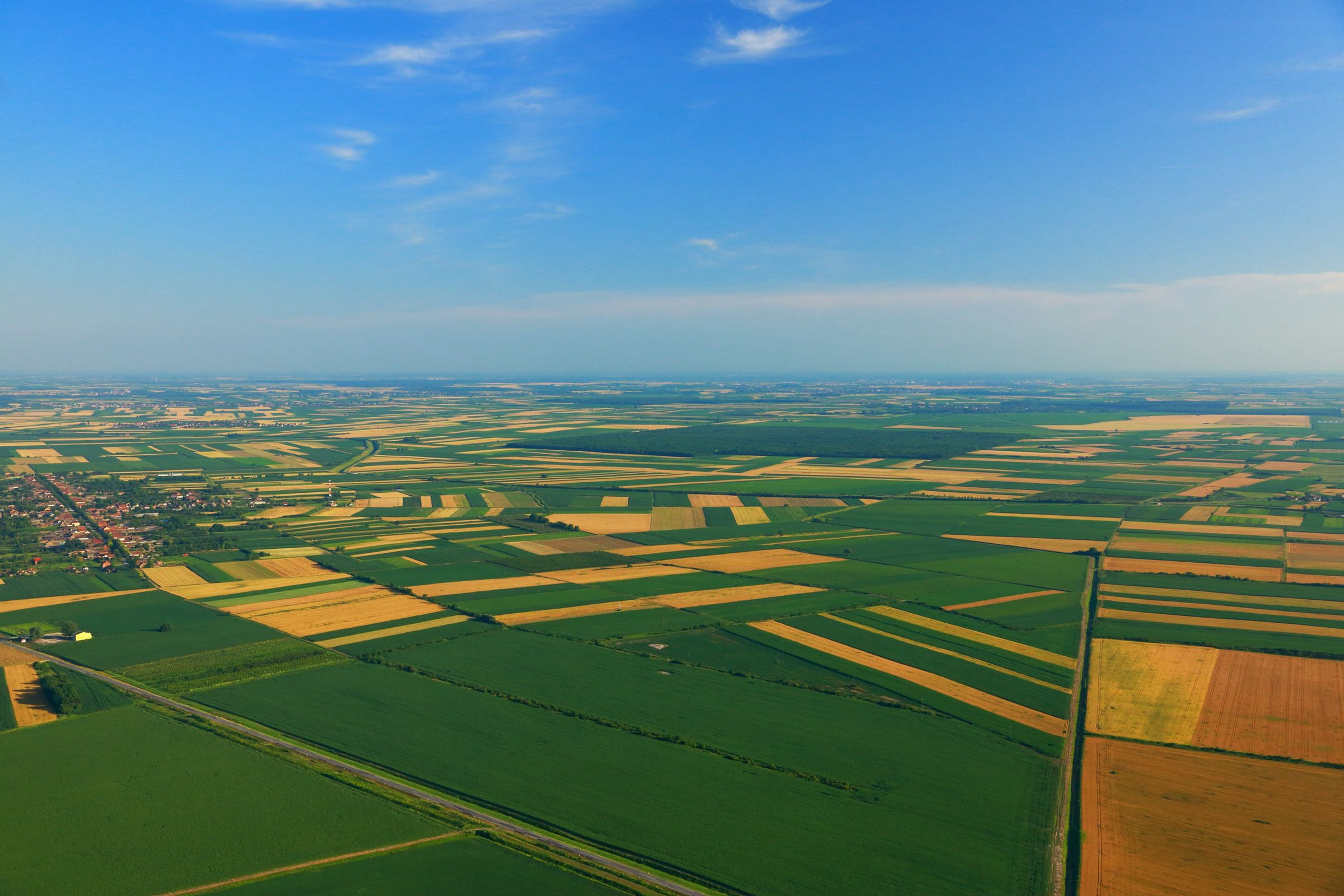
Eastern Croatia is arguably the country’s least explored tourism region, as well as one of the most fascinating. TCN will be spending a little more time exploring east of Zagreb in the coming months, and we are grateful to Senka Vlahovic of Slavonia and Baranja Travel for this excellent teaser into the magic and heritage of Slavonia and surroundings. 25 Things to Know about Eastern Croatia.
The original plan had been to flesh this article out with more detailed explanations on each of the 25 things, but there is so much here to investigate that we will be following up on several in standalone articles. On to the list! Did you know…
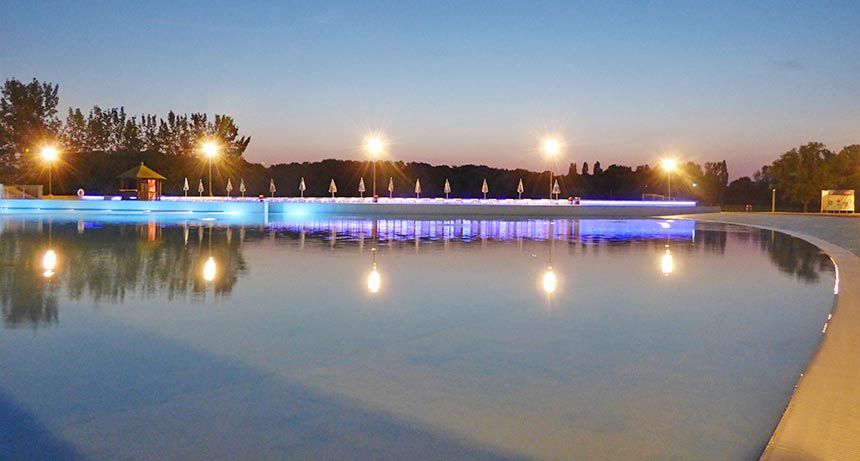
(photo credit – www.bizovacke-toplice.hr)
1.Slavonia was Pannonian Sea more than 15 million years ago and Slavonian mountains were the islands of that ancient Sea. Today, Pannonian Sea is still present, it is coming from the depth of almost 2000 m and 96 degrees Celsius hot as thermal water in Bizovac Spa near Osijek.
2. Vučedol, Vukovar – European cradle of beer! The Vučedol Culture Museum has a pot where Vučedol people used to cook beer some 5000 years ago (same time as the Egyptians and Mesopotamians) Slavonians still enjoy beer! Craft beer producing is growing fast in Slavonia today as well as craft beer bars in Osijek.
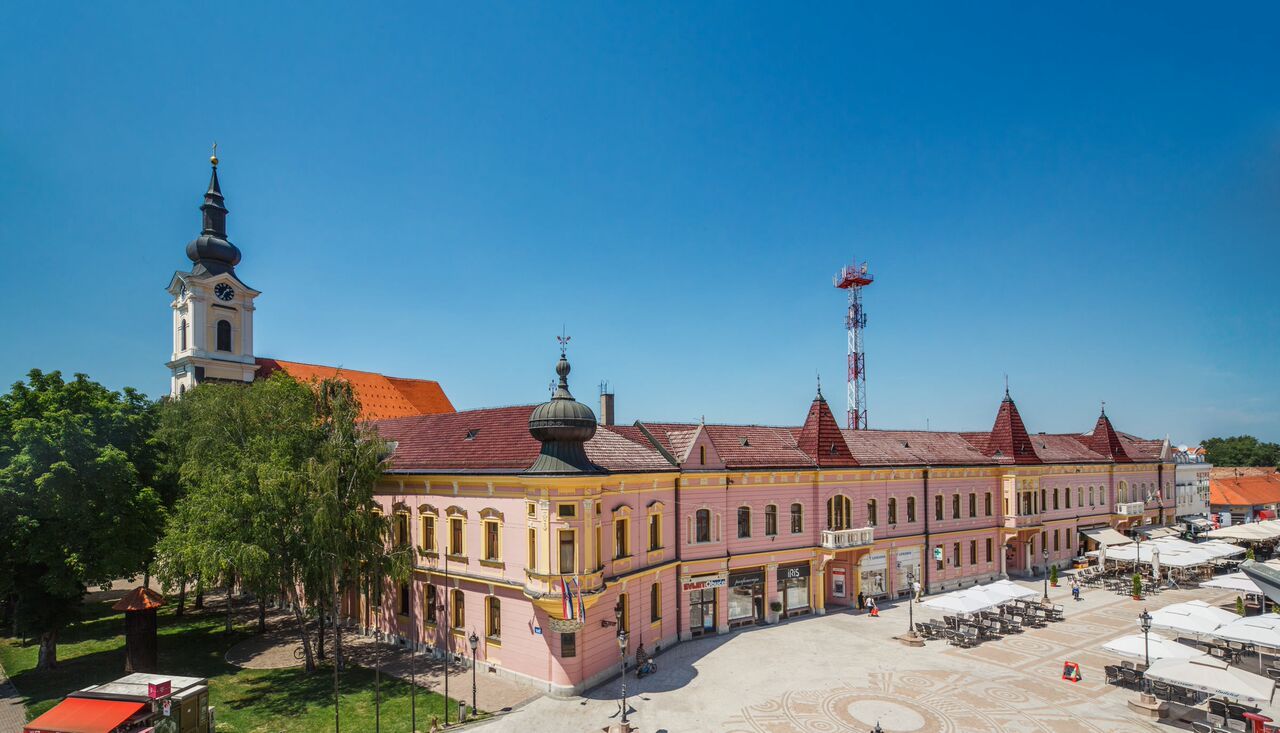
3. Vinkovci is the oldest town in Europe. It is more than 8 000 years old.
4. The Oldest Known Calendar in Europe is based on the Orion and the first one has been found in Vinkovci.
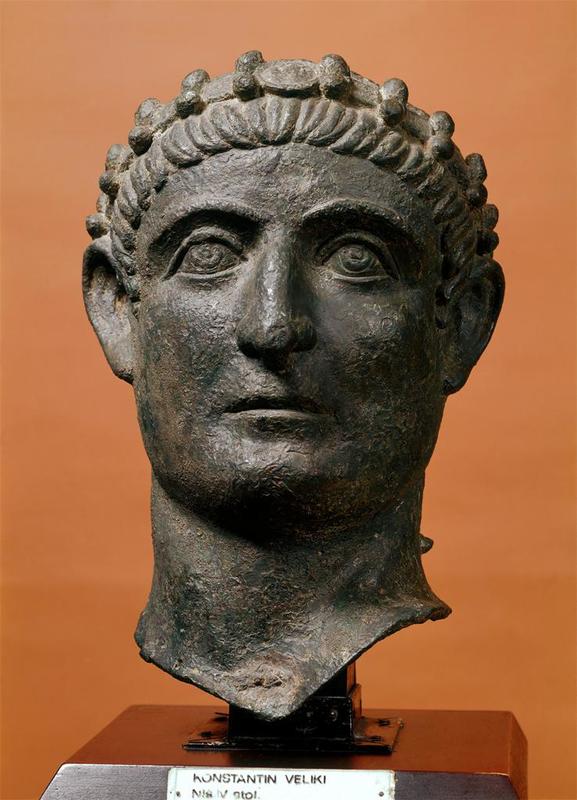
(source Wikipedia)
5. Two Roman Emperors, Valens and Valentinian were born in Vinkovci.
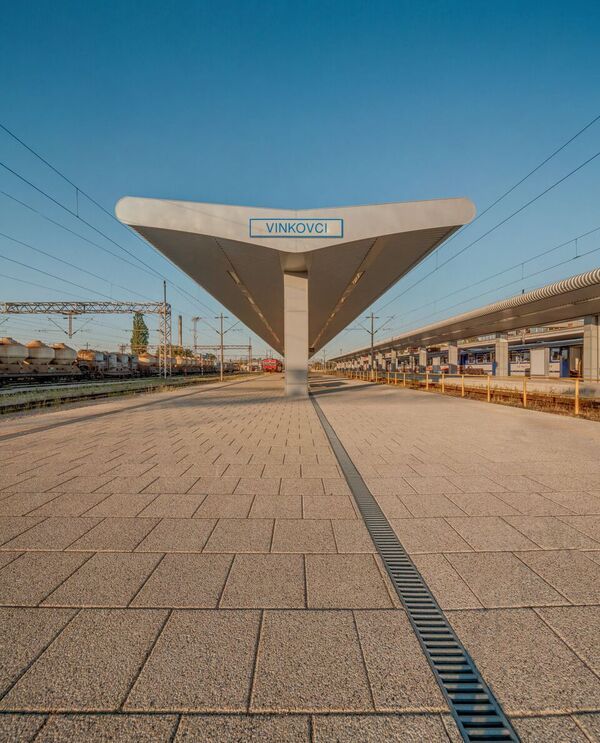
6. The most important part of the Agatha Christie’s book, Murder on Orient Express took a place in Vinkovci. There is a little Railway Museum on the Vinkovci Train Station. Vinkvoci is a large railway junction, after Zagreb the second largest in Croatia.
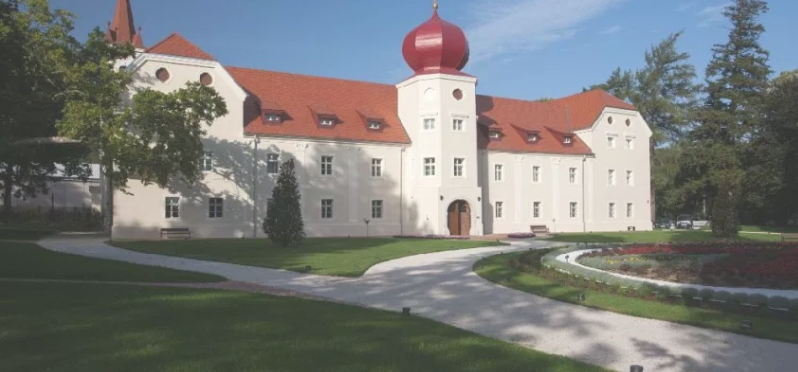
7. Slavonia is rich in castles, there at least 10 of them.
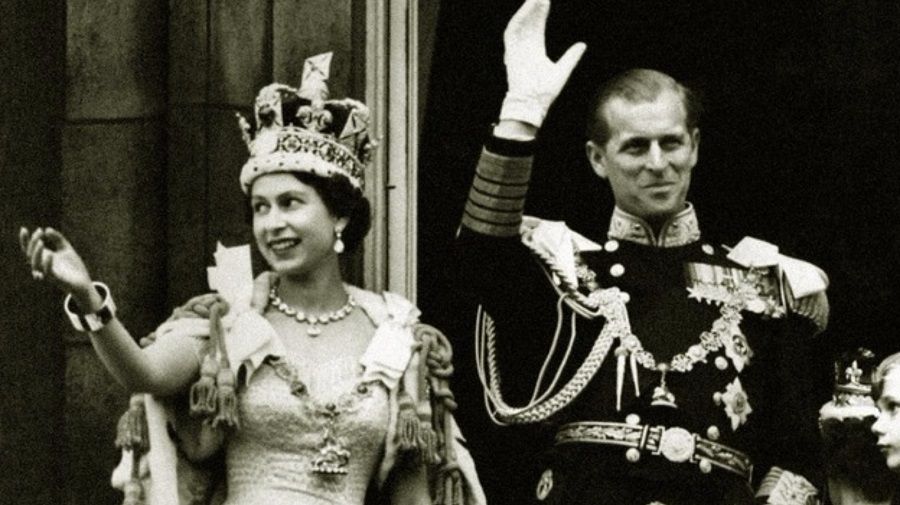
8. Traminac (1947) from Ilok cellars was served at the coronation of Queen Elizabeth II in 1953. Iločki podrumi still have that wine in their cellar.
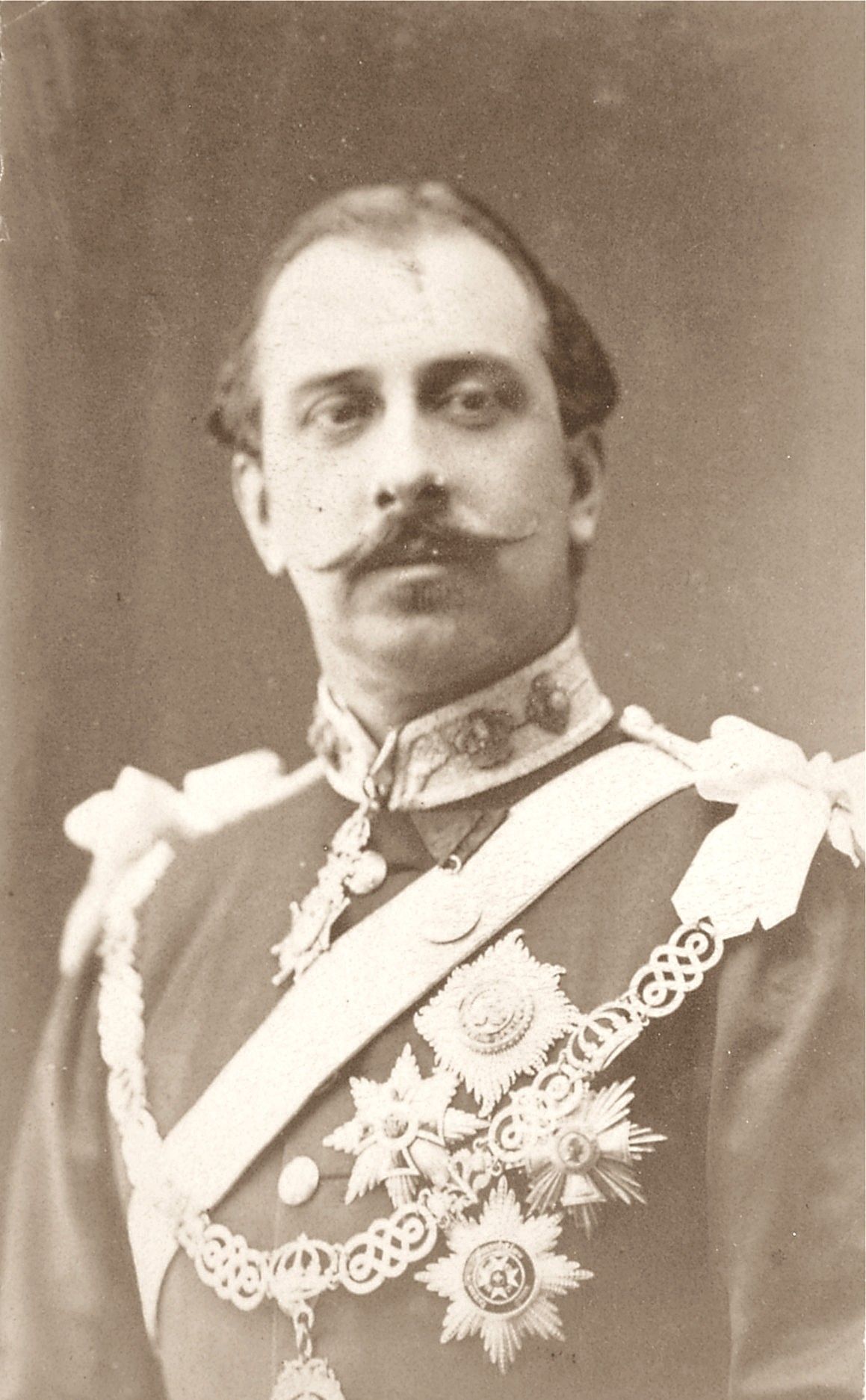
9. The great grandfather of Queen Elizabeth II, Franz Paul Karl Ludwig Alexander von Teck was born on August 28 1837 in Osijek (Esseg).
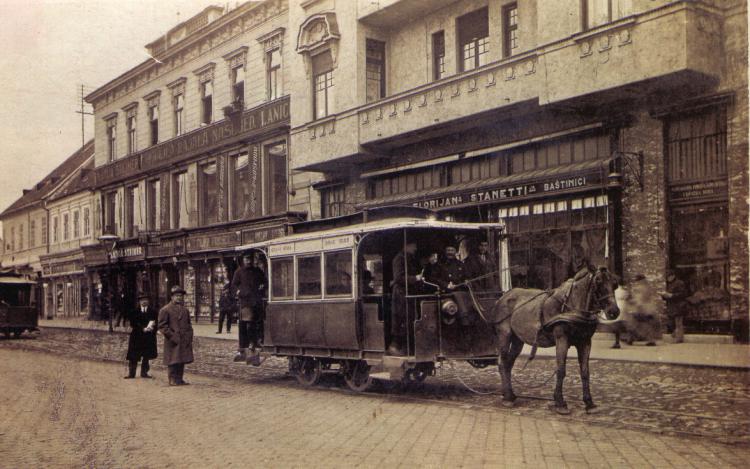
10. The first tram (horse tram) in Croatia and this part of Europe started to operate in Osijek in 1884.
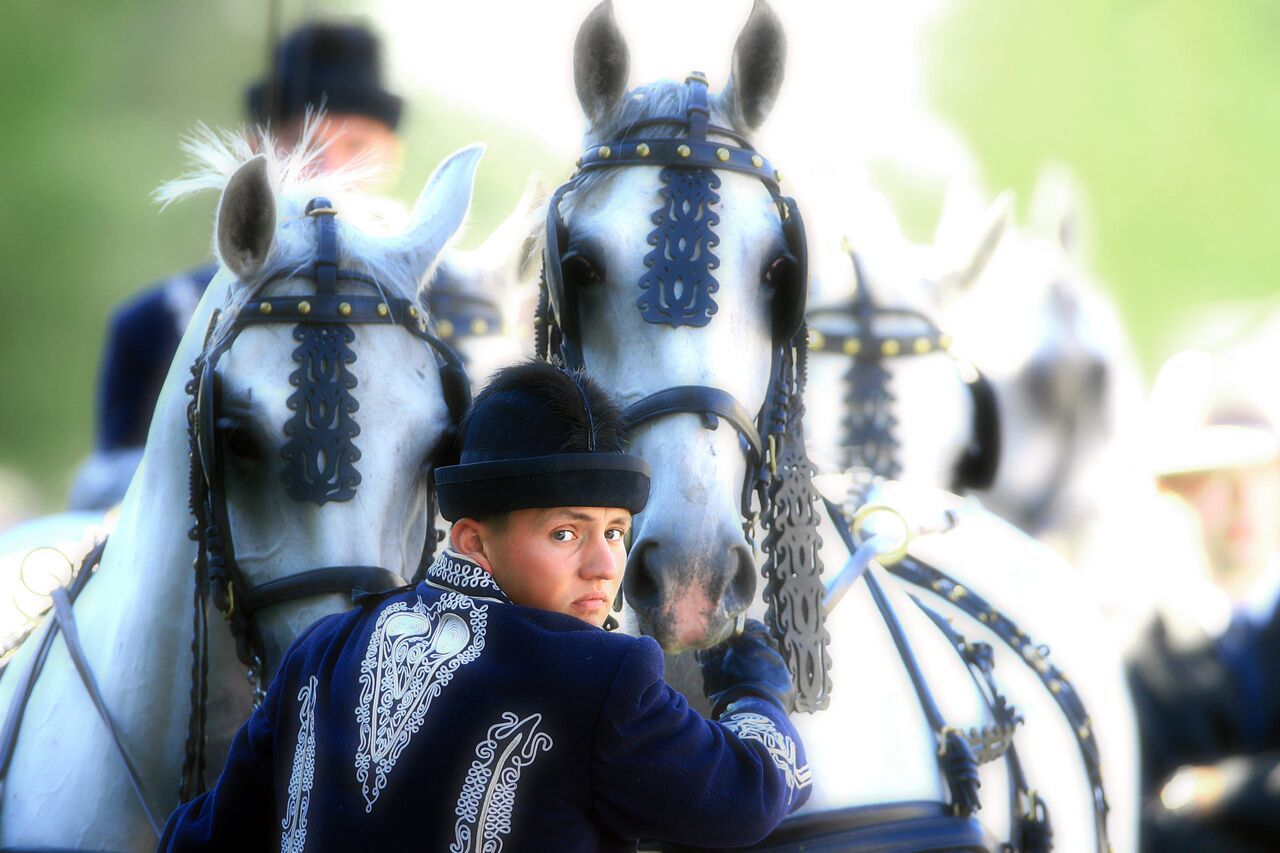
11. State Stud Farm Đakovo is one of the oldest in Europe, it was established in 1506. The Lipizzaner horses from Đakovo have performed in numerous events in the world during the past. After performing at the opening ceremony of the Olympic Games, Queen Elizabeth II decided to visit Đakovo Stud Farm in 1972.
12. UNESCO Intangible Cultural Heritage in Slavonia:
*Bećarac singing and playing from Eastern Croatia,
*Gingerbread craft from Northern Croatia and
*Spring procession of Ljelje/Kraljice (queens) from Gorjani
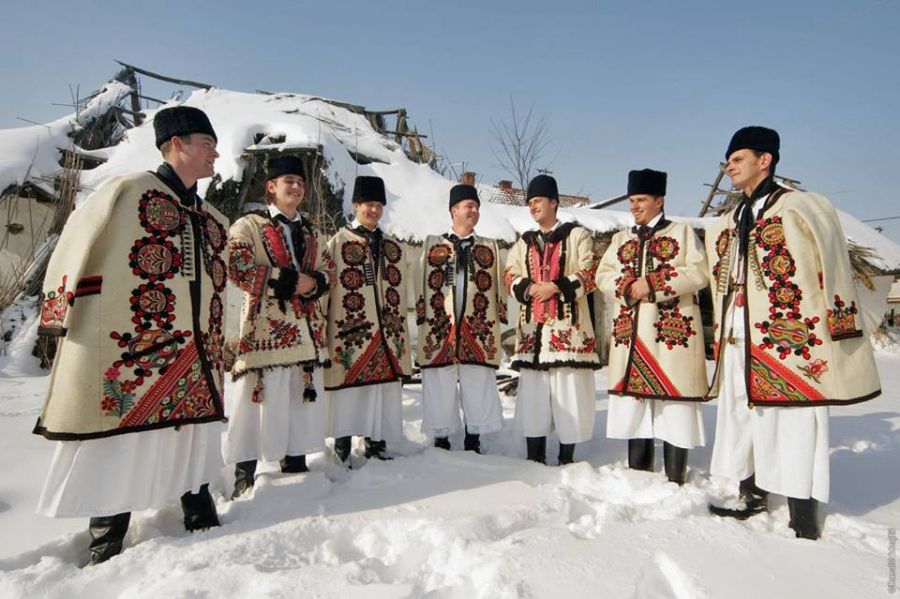
13. Incredibly rich folklore (national costumes and dances) of eastern Croatia: Slavonia, Baranja and western Syrmia
14. National diversity – multiculturalism. The city of Osijek has more than 20 national minorities.
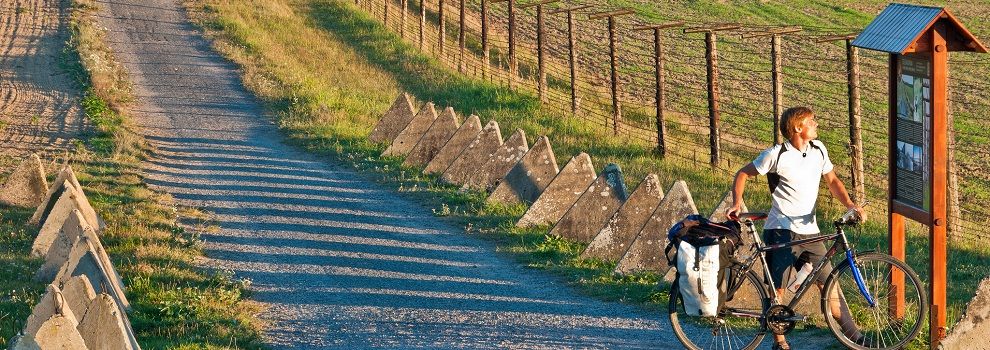
(source www.eurovelo13.com)
15. Two of four EuroVelo cycling trails that are passing through Croatia are in Slavonia: EuroVelo 6 and EuroVelo 13.
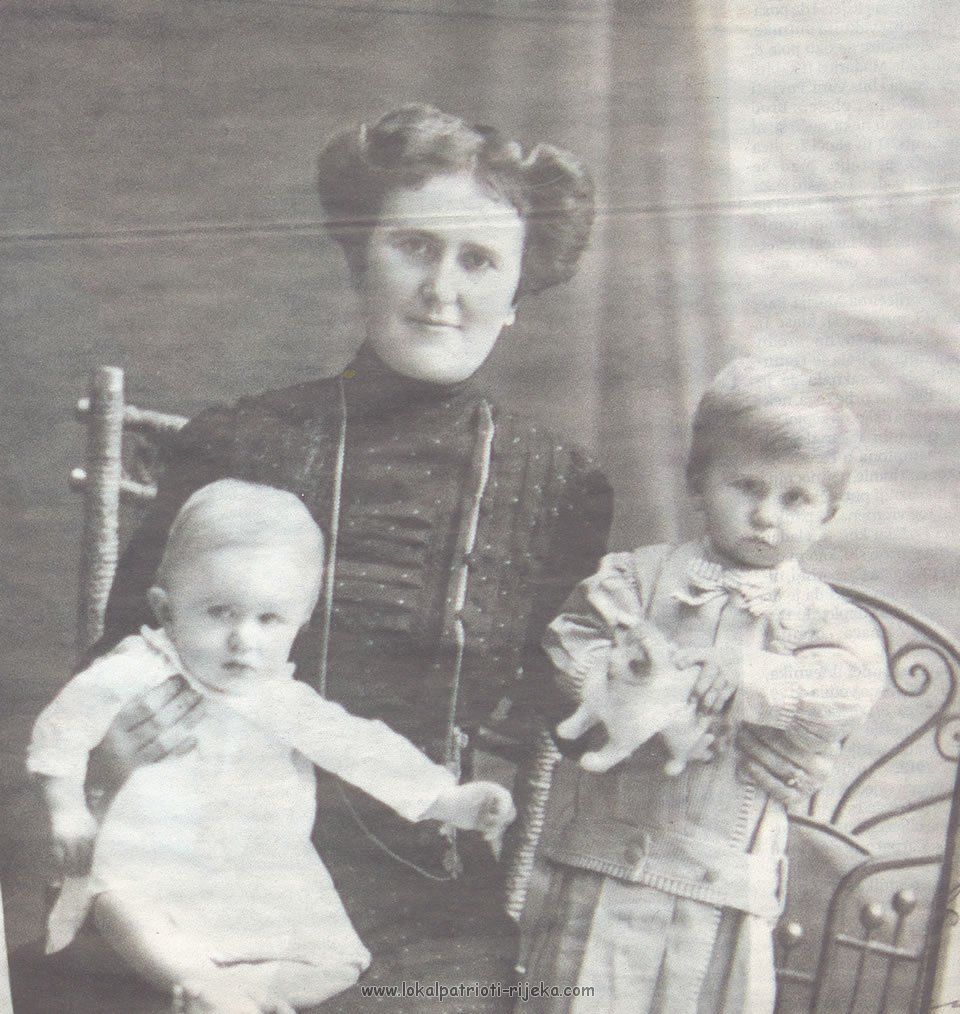
16. Marija Bartowski, a school teacher from Osijek witnessed one of the biggest maritime tragedies in the history – sinking of Titanic. Marija was on a Carpathia ship on April 15 1912 when this tragedy happened. Eva and her mother were rescued up by Carpathia and apparently stayed in Marija’s cabin.
17. The oldest sport association in Croatia „Citizen’s Shooting Sport Association“ was established in Osijek 1784.
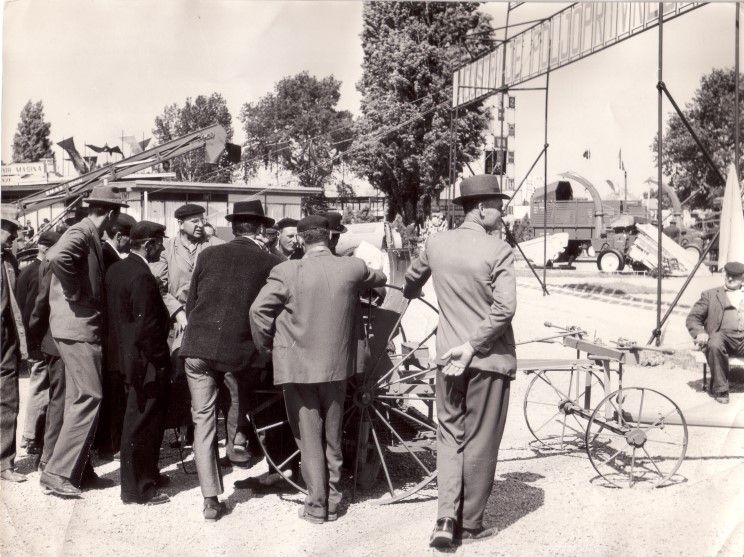
18. Industrial heritage – At the turn of the 19th and the 20th centuries, Osijek had a population of 28 500 and 25 factories with more than 2 thousand workers and 1000 small private business’ . According to this calculation, if my calculations are correct, Osijek should have ca 70 factories today. Sadly, that sounds like a big joke.
*Belišće Museum has local industrial heritage exhibits some 30 km away from Osijek in the little town of Belišće.
*A cool story about Baranjske pustare – pustare are planned agricultural settlements of Baranja
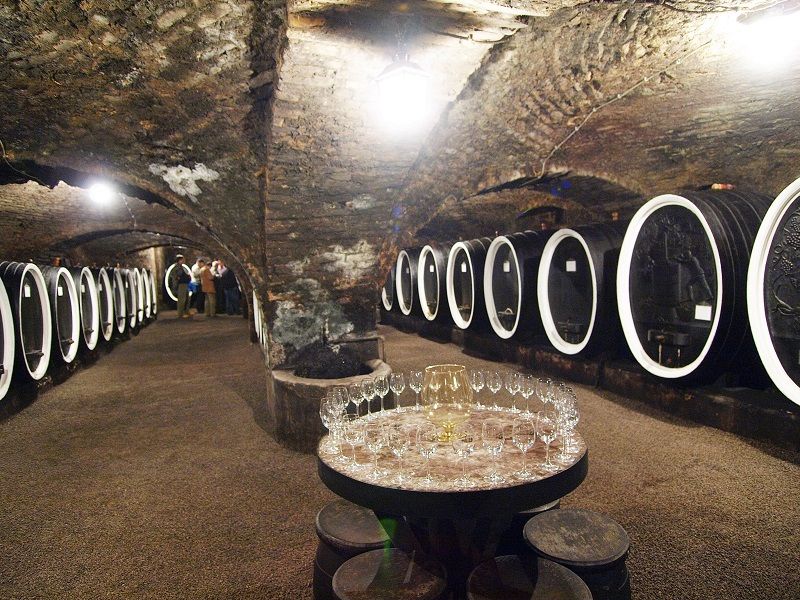
(photo credit Zeljko Suhadolnik)
19. The oldest wine cellar in Croatia still in use is in Kutjevo. Wine cellar dates back to 1232.
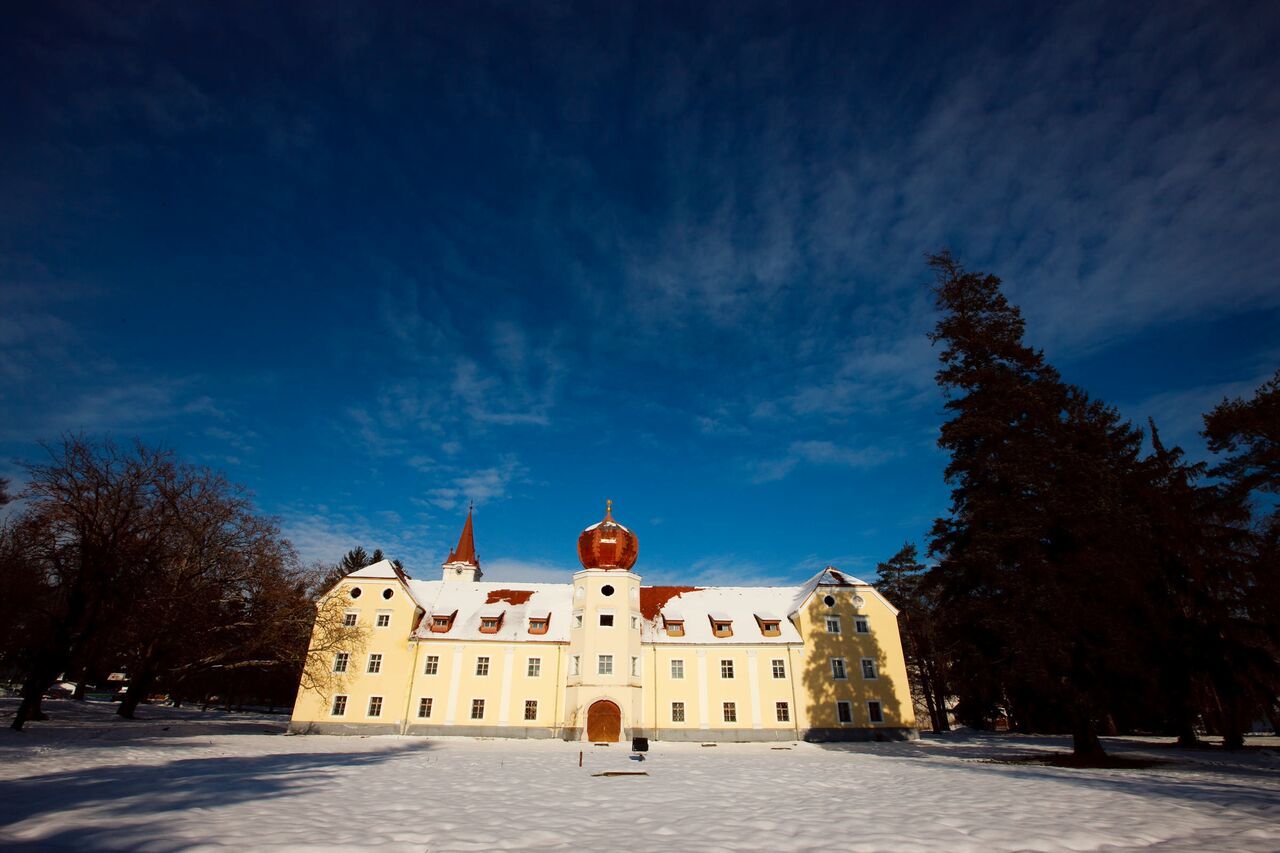
20. Kutjevo wine cellar’s passionate story (18+ only) The secret love of the empress Maria Theresa and baron Francis Trenk has never been proven to be true but nevertheless it’s interesting. Once upon a time baron and empress have hidden in the cellar for seven days, enjoying Kutjevo wine and time spending together. The story says that they left 70 carved dashes on the walls as a proof of their passionate lovemaking.
21. Unusual love story of two storks Malena and Klepetan from town of Slavonski Brod.
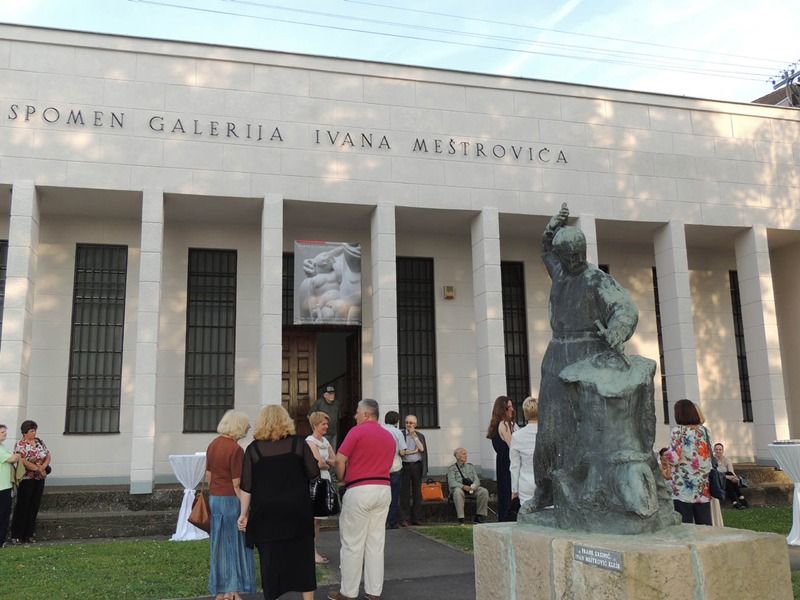
22. The world-famous Croatian sculptor Ivan Meštrović was born on 15 August 1883 in the village of Vrpolje near Slavonski Brod.
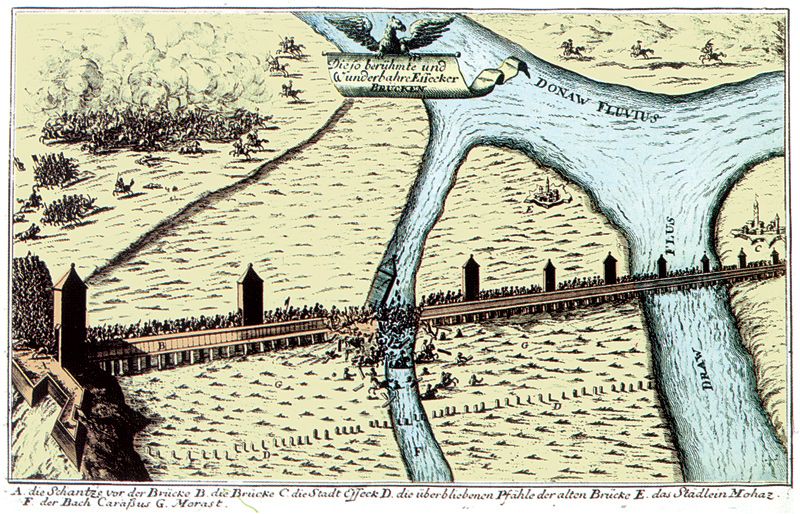
23. The wooden Suleiman’s bridge of Osijek, built in 1526 was eight kilometers long, constructed with no nails and built in 17 days. In those days it was considered as the eighth wonder of the world.
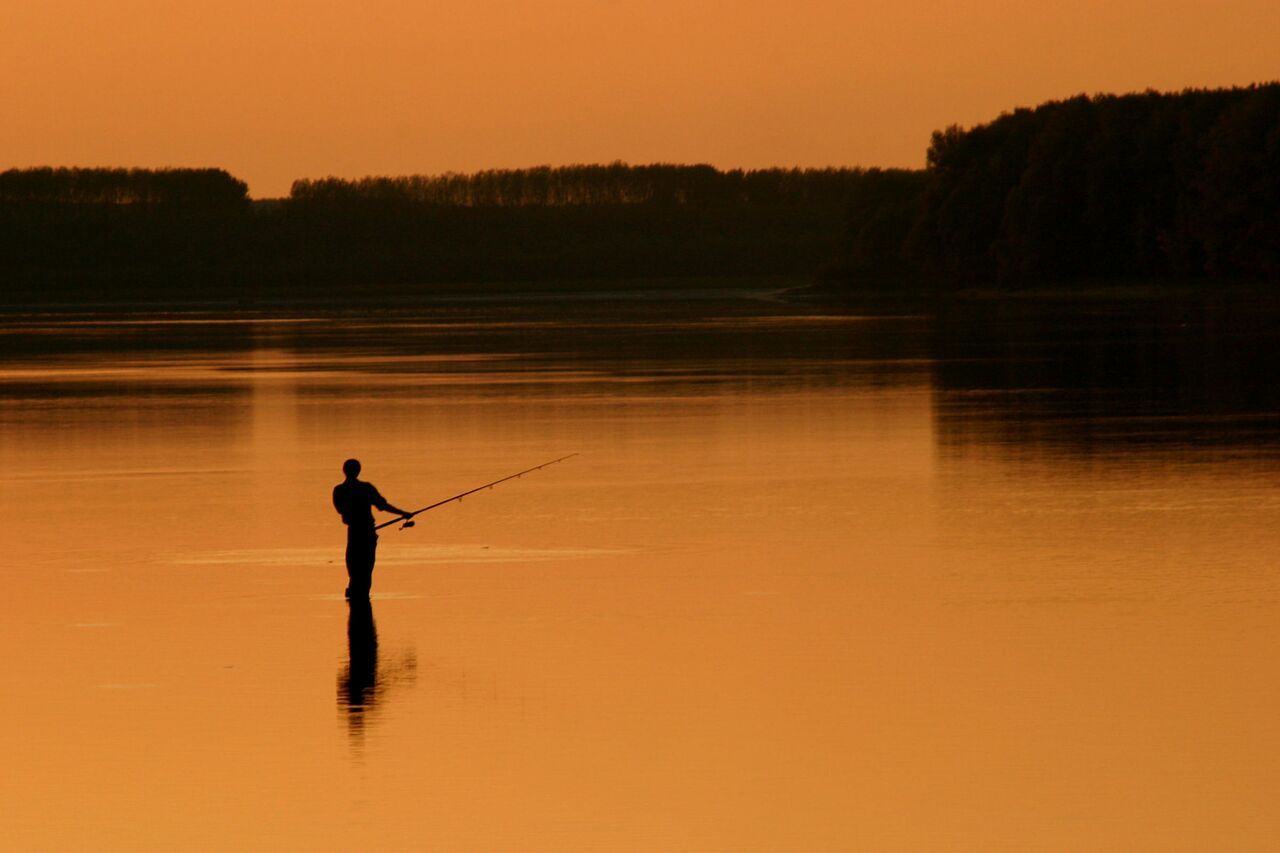
24. Alas – river fisherman from the Danube river
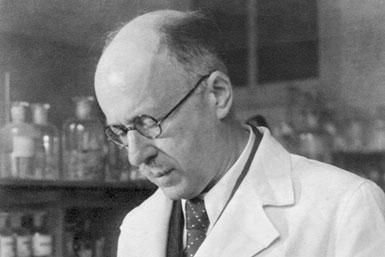
25. The first Croatian Nobel prize winner Lavoslav Ružička was born in Vukovar in 1887 and finished elementary and high school in Osijek.
BONUS
SLAVONIAN FOOD
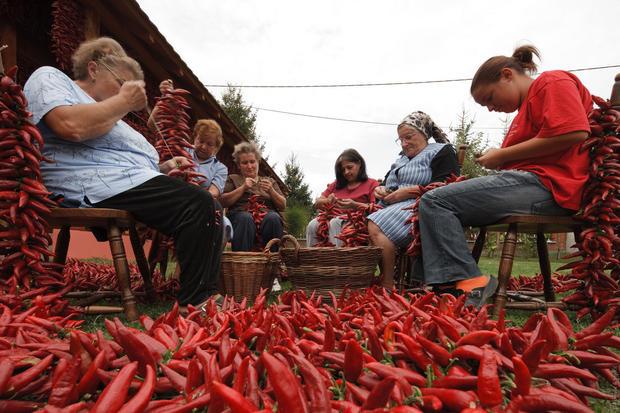
The local cuisine is a mix of indigenous Slavonian practices and culinary traditions of national minorities who came here mainly in the eighteenth century. Many dishes originate from Hungary, Austria, Germany, Czech republic, Bosnia… Centuries of blending, different culinary habits merged into traditional Slavonian dishes. Thanks to the big rivers, forests and agriculture, Slavonia is rich in food diversity. Also, some dishes have funny names. Try to pronounce grenadirmarsh or shufnudla and let me know how did it go…
To learn more about this wonderful region, check out Senka’s website Slavonia and Baranja Travel.

